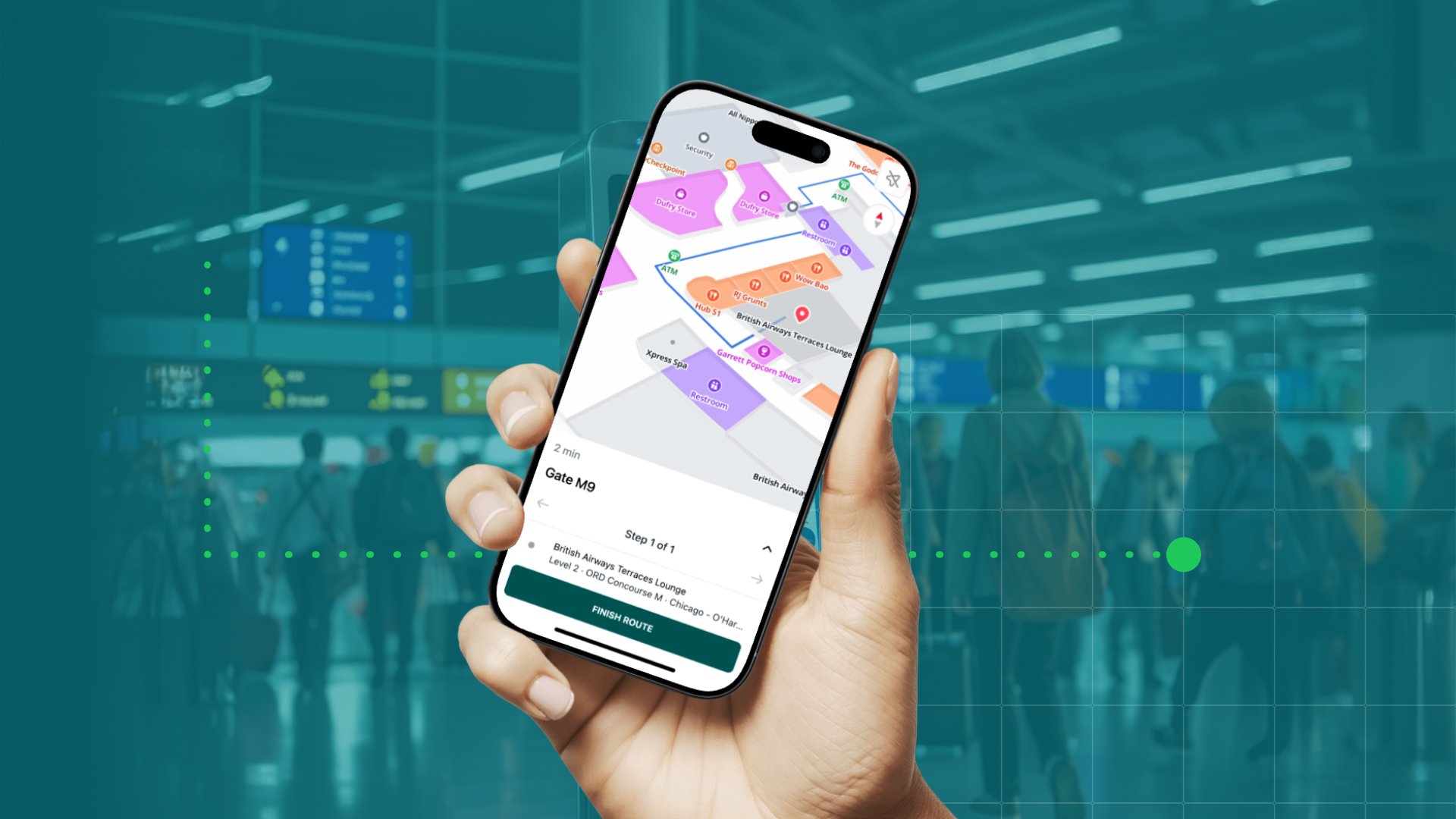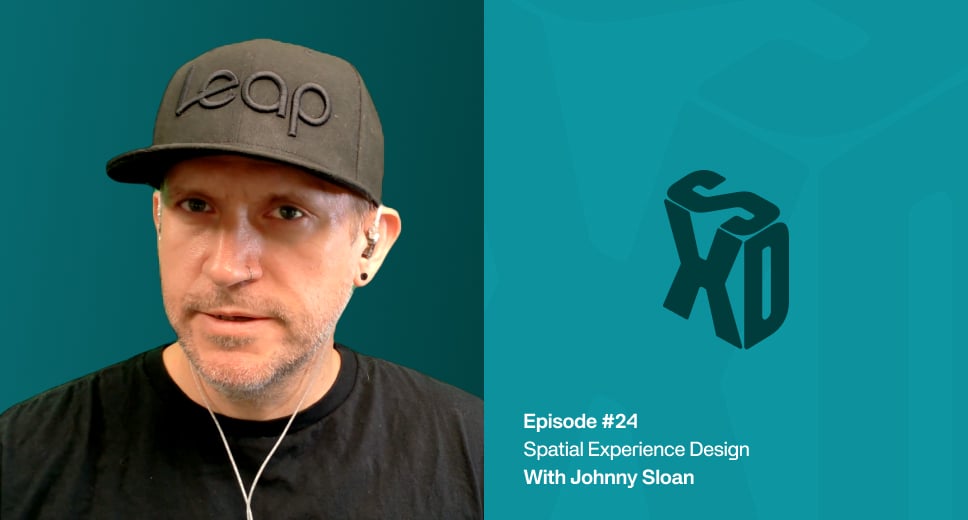In this episode of Spatial Experience Design, host Søren Vasø sits down with Crowd Connected’s CEO, James Cobb, to unpack how indoor positioning systems (IPS) are transforming navigation at large-scale events. They dive into the hidden friction between key attendee moments—lost time, missed meetings, inefficient crowd flow—and how IPS helps remove it. From real-time wayfinding to dynamic messaging and movement analytics, the conversation explores what it takes to support truly personalized journeys in complex, high-density environments. Along the way, they touch on event ROI, attendee expectations, and how knowing “where people are” unlocks value for both visitors and organizers.
Key Topics:
-
- Indoor positioning systems (IPS)
- Wayfinding challenges at large-scale events
- Personalizing journeys through spatial data
- Real-time messaging and crowd flow management
- Impact on attendee satisfaction and event ROI
- Organizer insights from dynamic movement analytics
At any large event, whether it’s a tech conference, a music festival, or an international airshow, there are big moments that define the experience: The keynote that changes perspectives. The booth where the right conversation happens. The artist whose set everyone’s been waiting for.
But the real opportunity lies in what happens between those moments.
Rethinking Wayfinding as an Experience
Wayfinding is often seen as the simplest layer of spatial experience design: helping people get from one place to another. But its impact reaches far deeper. Friction during transitions, like missed turns, unclear signage, and overcrowded walkways, can quietly erode the entire event experience. When done well, wayfinding is a powerful tool for eliminating friction and unlocking value.
IPS (Indoor Positioning Systems) changes that. By helping people know exactly where they are and where they need to go, IPS reduces the uncertainty that creates frustration. But more importantly, it helps people make the most of their time, especially in complex, high-density environments where every minute and meter counts.
Complexity is the Norm, Not the Exception
Big events are inherently challenging and messy. The layout is temporary. The crowd behavior is unpredictable. And signage is often out-of-date by event kick-off. Meanwhile, every attendee is on a unique journey, expecting to get the most out of the experience.
That uniqueness is what makes digital wayfinding essential. Unlike offices or hospitals, where most people follow similar paths, events are dynamic. Someone might be jumping from a product demo to a panel, then meeting a colleague in a lounge before rushing to a networking dinner.
The old model of static signage doesn’t work in a space where thousands of people are each forging their own path. IPS helps create an adaptive environment—one where guidance is tailored in real time to each person’s context.
From Friction to Flow
So, what does implementing an Indoor Positioning System look like in practice?
Reducing drop-off: Crowd Connected’s research shows that on average, event attendees fail to visit 20% of the booths, talks, or meetings they wanted to check out. The number one reason? They couldn’t find them in time. Better wayfinding can directly impact ROI and overall satisfaction so attendees feel more in control, while exhibitors and sponsors see more foot traffic. Ultimately, the event itself delivers more of the value it promised.
Dynamic nudges: At major sporting events, organizers have used IPS data to detect overcrowding in fan zones and redirect foot traffic in real time through location-targeted messaging. At a music festival, personalized messages helped guests heading the wrong way at night find the right pickup zone.
Itinerary intelligence: What if your app didn’t just let you bookmark your must-sees, but helped you get to them? IPS can bridge the gap between planning and action: “You’ve got 10 minutes until your next talk—and it’s a 7-minute walk from here. Do you want directions now?” That’s experience design at work.
What it Means for Organizers
Using an IPS gives organizers a live dashboard of movement, behavior, and bottlenecks. It's the missing piece that turns static maps into dynamic environments. You know where people are, where they’ve been, and even what they’re missing out on.
This opens up a whole new level of operational insight, and allows event organizers to craft a better experience. From crowd flow patterns to queue management to resource allocation, IPS turns a static venue into a responsive environment.
Implementing IPS also opens the door to more personalized experiences. Attendees can be guided based on the specific agenda they’ve selected. Notifications can align with the attendee's real behavior, not just the program schedule. And every bit of spatial data contributes to a more thoughtful event layout the next time around.
A Smart Future for Events
Attendee expectations are changing. Static agendas and printed maps no longer cut it. People want relevant information delivered in the moment, navigation that adapts to their behavior, and environments that help them get more out of their limited time.
Event organizers must go beyond signage and static agendas. IPS gives organizers the tools to respond in real time, personalize experiences at scale, and reduce the friction that quietly erodes value. The ability to guide people through complexity—without interrupting their momentum—will set the standard for what great events feel like.
Additional Resources:
June 12, 2025



.png)